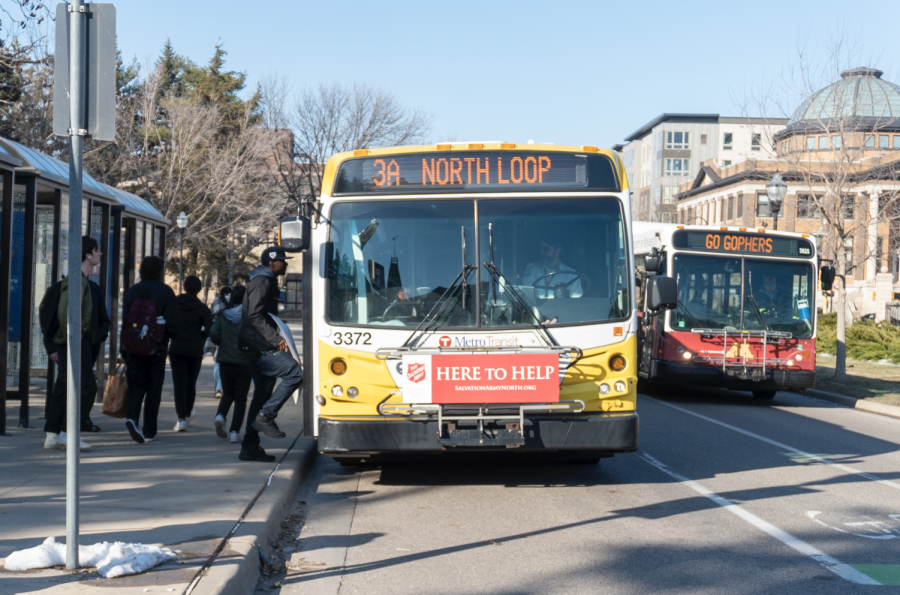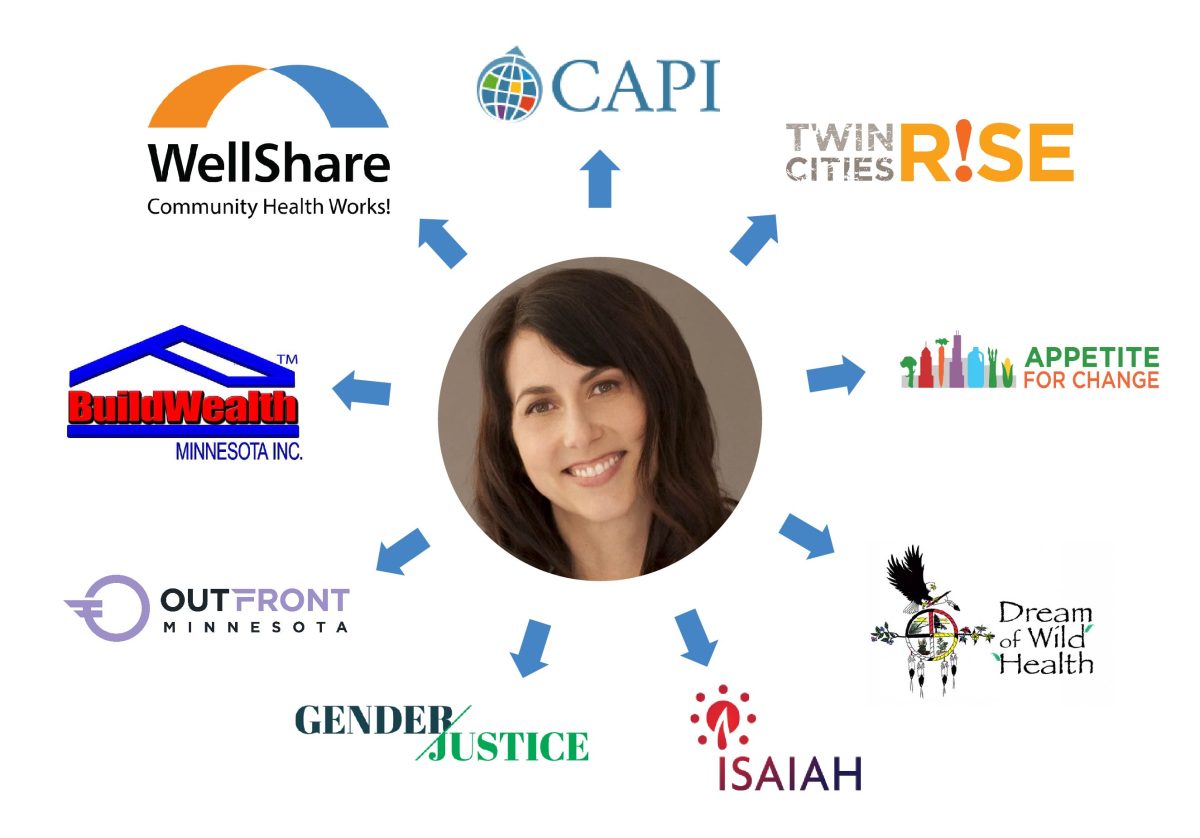Three hundred eighty-two thousand five hundred seventy-eight. According to MinneapolisâÄô latest head count, thatâÄôs how many people now live in the city, a drop of only 40 people over the past decade.
Despite relative stability in population, housing has been in flux: Minneapolis has added 9,000 housing units since 2000, which intrigues Ward 2 City Councilman Cam Gordon.
This, Gordon said, means there are likely many vacant properties throughout the city.
He attributed the vacancies to high foreclosure rates during the recession. Population was likely increasing up until the time recession plagued the U.S., Gordon said.
âÄúI think if the census had been taken two or three years ago, we would have seen large growth, but of course itâÄôs hard to know,âÄù he said.
Stable population is probably a âÄúvery goodâÄù sign, said William Craig, associate director of the Center for Urban and Regional Affairs (CURA) at the University of Minnesota.
Minneapolis was a booming city in terms of population during the 1920s and âÄô30s, he said. The boom began to drop off around 1950, mostly due to people having smaller families and enjoying a better quality of life.
âÄúGiven that all the land is developed, more growth would mean more congestion, more crowding, so I think this is a nice place to level out,âÄù he said of the latest numbers.
Ward 2, which includes the Southeast Como, University and Cedar-Riverside neighborhoods, has probably seen the fewest foreclosures, Gordon said.
As of March 15, of nearly 1,000 registered vacant properties in Minneapolis, four were in the Southeast Como neighborhood, two in Marcy Holmes and one in Prospect Park.
The area has seen fewer foreclosures and more growth and development than any other area in the city, he said.
Although there were likely many changes and some missing pieces regarding the cityâÄôs population in the past 10 years, Gordon agreed stability is positive.
He expects that as the recession comes to a close, the city will again see a swell in population as vacancies fill.
Foreclosure, although a hardship for those who lost homes and property, has given opportunity to some.
Fredda Scobey, community organization director at Riverside Plaza, has seen a trend in those with lower income being able to afford a home when they might not have otherwise been able to.
âÄúIâÄôm very, very sorry for people who were foreclosed, but it was interesting to see that the economy actually made it possible for people to purchase homes who might normally not have been able,âÄù she said.
âÄúWeâÄôve got East Africans out in suburbia learning how to mow lawns.âÄù
Another reason for the stability in Minneapolis population could be the efforts put in by the city and CURA to increase response to the census, Craig said.
Just as Minnesota is known for high voter turnout, Minneapolis had the highest response to preliminary census mailings of any U.S. city with a population of more than 300,000, Craig said.
The city contracted with CURA leading up to the census, giving the group $50,000 to get the word out about returning census forms.
Daily Email Edition
Get MN Daily NEWS delivered to your inbox Monday through Friday!

Published April 15, 2024

Published April 15, 2024

Published April 14, 2024
Trending
Minneapolis population holds steady, vacancies up
The city has about 1,000 vacant homes despite its stable population.
Published March 28, 2011
Leave a Comment
More to Discover
Advertisement
The Minnesota Daily • © 2024 The Minnesota Daily • Privacy Policy • FLEX Pro WordPress Theme by SNO • Log in













